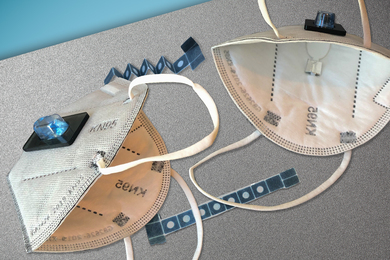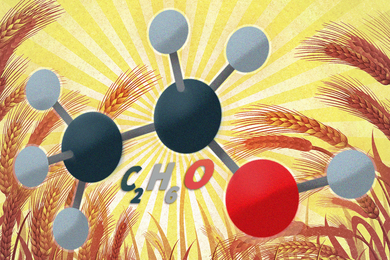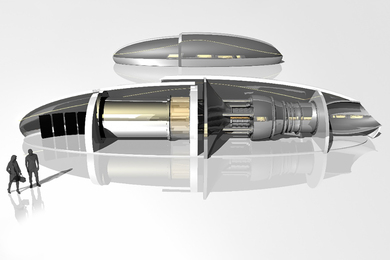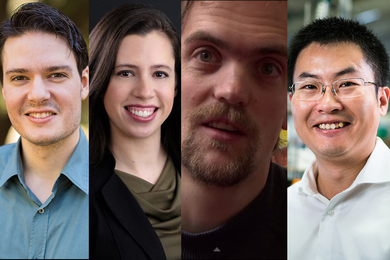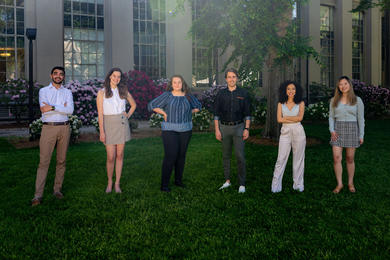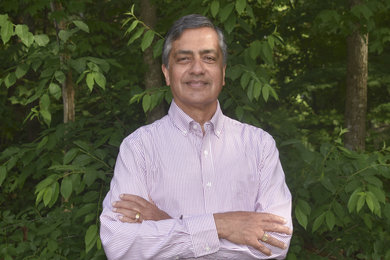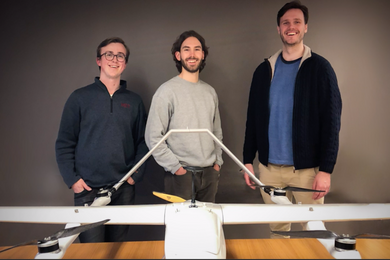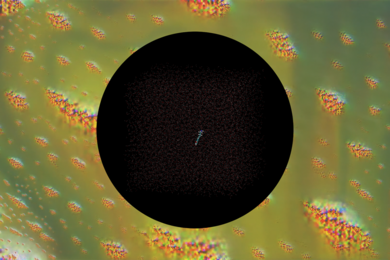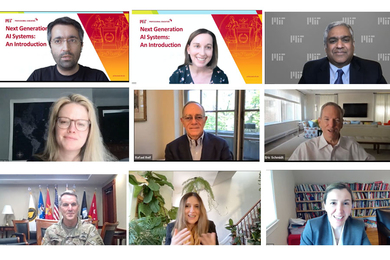MIT and Harvard agree to transfer edX to ed-tech firm 2U
Two-part transaction would turn edX into a public benefit company while generously funding a nonprofit dedicated to strengthening the impact of digital learning.
New face mask prototype can detect Covid-19 infection
The sensor technology could also be used to create clothing that detects a variety of pathogens and other threats.
MIT welcomes six new assistant deans for diversity, equity, and inclusion
The Institute’s five schools and the MIT Schwarzman College of Computing will have dedicated professional staff to advance initiatives locally and across the Institute.
A new chapter for space sustainability
MIT researchers are co-leading the design of a global Space Sustainability Rating system that will soon be operational.
Engineered yeast could expand biofuels’ reach
By making the microbes more tolerant to toxic byproducts, researchers show they can use a wider range of feedstocks, beyond corn.
3Q: Why “nuclear batteries” offer a new approach to carbon-free energy
Jacopo Buongiorno and others say factory-built microreactors trucked to usage sites could be a safe, efficient option for decarbonizing electricity systems.
Four MIT faculty members receive 2021 US Department of Energy early career awards
Faculty from the departments of Physics and of Nuclear Science and Engineering faculty were selected for the Early Career Research Program.
Tackling air pollution with autonomous drones
Alumni of the MIT New Engineering Education Transformation Program (NEET) worked together remotely from across the globe to design thinking machines.
Ultralight material withstands supersonic microparticle impacts
The new carbon-based material could be a basis for lighter, tougher alternatives to Kevlar and steel.
Revisiting a quantum past for a fusion future
Principal Research Scientist Abhay Ram circles back to his graduate school studies for a new initiative combining classical physics and quantum computing.
Four researchers earn interdisciplinary Schmidt Science Fellowships
Selective global honor supports early-career scientists and engineers in taking on new pursuits.
Developing drones to address pandemic-related challenges in Scandinavia
After meeting in an Advanced Study Program at MIT, three Norwegian students began working together to transport biological samples using autonomous vehicles.
Finding the love hormone in a stressed-out world
A new art/science collaboration uses molecular structures as its creative medium.
A unique collaboration with US Special Operations Command
Nearly 300 government and military members participated in a new course designed to explore the next generation of artificial intelligence and related technologies.


